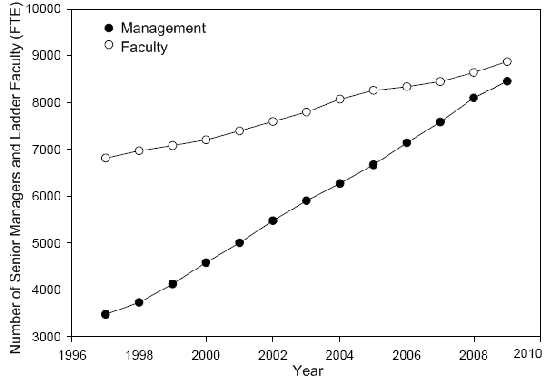Forgiving skyrocketing student debt won’t solve the real problem, which is the soaring costs imposed by a cartel that is failing to prepare students for the economy of tomorrow.
Everyone understands soaring student debt is a problem: burdened with $1.3 trillion in student loans, young people are unable to start businesses, buy homes and start families. The high cost of housing and meeting regulations to launch businesses add additional burdens, but the weight of $1.3 trillion in debt right out of the starting gate is crushing.
The “solution” being pursued by the federal government is obvious: take over most of the student debt and then eventually bury it in the zombie-loan graveyard (i.e. defaults are ignored but the debt isn’t officially written off), write it down via forgiveness programs, or some other mechanism to reduce the burden.
If this wasn’t the plan, then why has federal ownership of student loan debt skyrocketed from zero to $900 million in a few short years?

This is a decades-old problem that’s finally reaching critical mass: student debt has leaped from less than $500 billion in 2006 to $1.3 trillion today, a mere 9 years later:

The problem isn’t student loans–it’s the explosive rise in the costs of higher education. This chart depicts the exponential rise of higher education costs:

Apologists claim the student-loan crisis is the result of underfunding of colleges by states. While it’s true that some of the cost burden has been shifted from taxpayers to students, the real problem is soaring costs of the higher education cartel, which fixes prices via the artifical scarcity of accreditation.
The extraordinary rise in administrative staffing and costs and the boom in building costly temples of higher education are well-known. This chart depicts the rise of the educrat class, at the expense of teachers/professors:

I cover the rise in costs and the the equally extraordinary failure of the higher education cartel to prepare students for work in the emerging economy in my book The Nearly Free University and the Emerging Economy: The Revolution in Higher Education.













Leave A Comment